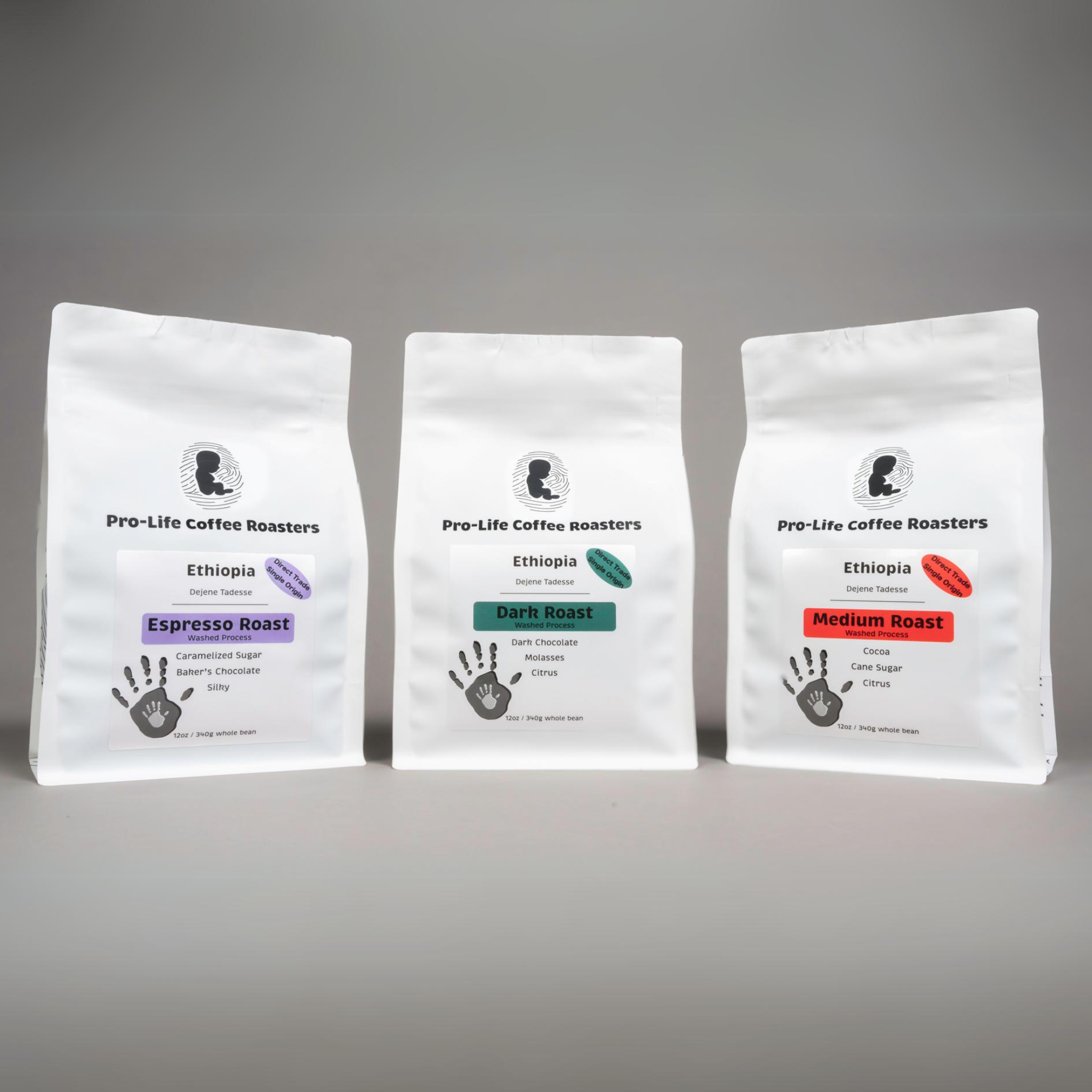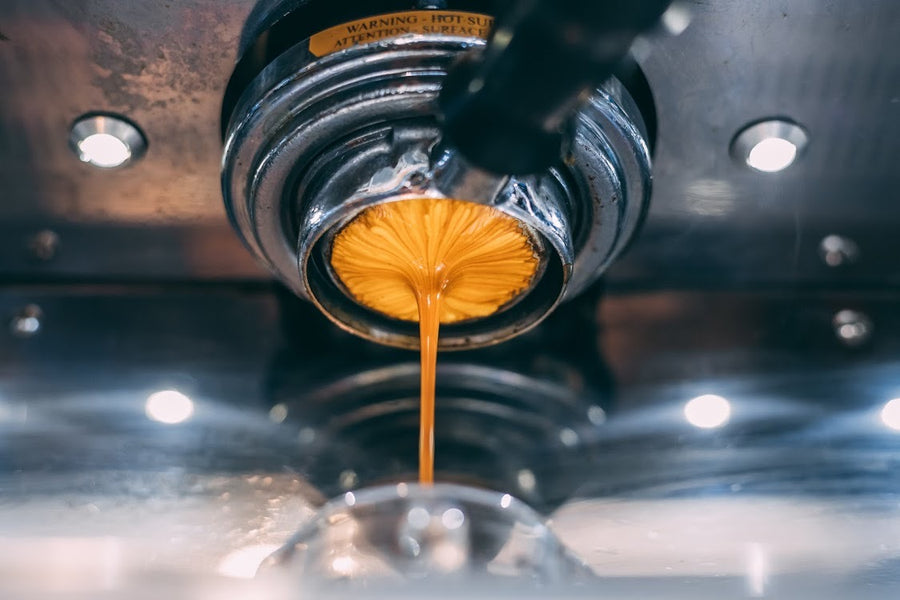Brewing Tips to Get the Best Out of SOE Single Origin Espresso
Brewing Tips to Get the Best Out of SOE Single Origin Espresso
Blog Article
Exploring the Rich Flavors of Coffee Beans: a Deep Dive Into Espresso and Blended Coffee Beans
When you check out the abundant tastes of coffee beans, you uncover a complicated world where each range brings its very own personality to your mug. Recognizing the beginnings, refining approaches, and toasting methods can change your coffee experience. As you navigate through the art of coffee and the imagination behind combined coffees, you'll start to value the nuances that make each sip one-of-a-kind. What you'll uncover next might transform the means you appreciate your early morning brew.
The Origins of Coffee Beans: Discovering Terroir and Flavor Profiles
When you take a sip of coffee, you're not just taking pleasure in a drink; you're experiencing an abundant tapestry of tastes shaped by the beans' beginnings. Each area creates distinct taste accounts influenced by altitude, climate, and dirt. Beans from Ethiopia usually burst with brilliant, fruity notes, while those from Colombia often tend to offer a well balanced, nutty sweet taste.
As you discover various origins, you'll observe exactly how terroir-- the ecological aspects affecting a plant-- plays an essential function - Single Origin Espresso. The exact same coffee selection can taste substantially different depending upon where it's expanded
When you take into consideration these elements, you start to value the intricacy behind your cup. Each sip tells a tale of the land and the farmers that nurtured the beans. Following time you delight, assume about the journey your coffee took prior to it reached your hands, and relish those detailed flavors that reflect its origin.
Understanding Espresso: The Art and Science Behind the Brew
When you believe regarding coffee, it's not nearly the strong flavor; it's likewise regarding the methods that bring it to life. Recognizing exactly how various preparation methods effect preference can transform your developing experience. Allow's discover the ins and outs of coffee preparation and discover the special taste profiles that make each mug unique.
Coffee Prep Work Techniques
Espresso prep work is both a science and an art, integrating specific techniques with a deep understanding of coffee. To begin, you'll want to pick high-quality, freshly roasted beans and grind them finely for suitable extraction (Single Origin Espresso). The grind size is vital; too coarse, and your espresso will certainly be weak, too great, and it'll be bitter
Following, tamp the grounds evenly in the portafilter to guarantee consistent extraction. When you lock it right into the maker, goal for a developing temperature between 190 ° F and 205 °
F.As you pull the shot, watch for the excellent extraction time-- around 25-30 secs. The outcome ought to be an abundant, creamy coffee with a stunning layer of crema ahead. With technique, you'll understand these techniques.
Taste Profiles Clarified
The world of coffee offers a rich tapestry of flavor profiles that can raise your coffee experience. Light roasts usually showcase brilliant level of acidity and vibrant tastes, while dark roasts existing deeper, bolder tones.
Recognizing these profiles assists you pick the appropriate coffee for your palate. Exploring with different blends can expose unusual mixes. A well-crafted mix might harmonize the bright notes of an Ethiopian bean with the rich, chocolatey undertones of a Brazilian bean. Welcome the journey of discovering espresso's varied flavors, and you'll change your coffee ritual right into an exciting adventure.
Handling Techniques: Just How They Impact Flavor and Aroma
While it could seem that the beginning of coffee beans is the most substantial consider determining their flavor and aroma, the handling methods made use of post-harvest play a similarly essential role. You'll locate that these techniques can drastically modify the last preference profile of your cup.
For instance, the washed procedure removes the fruit from the beans prior to fermentation, often leading to a cleaner, brighter flavor. The natural procedure leaves the fruit intact throughout drying out, resulting in a sweeter, fruitier profile.
Various other methods, like honey handling, strike a balance, permitting some fruit mucilage to remain, giving a special intricacy.
Each processing strategy engages with the beans' inherent features, enhancing or silencing specific tastes and fragrances. So, when you sip that coffee or blended coffee, bear in mind that the journey from cherry to mug is affected not just by beginning but additionally by exactly how those beans were refined.
Toasting Techniques: Opening the Full Possible of Coffee Beans
Roasting strategies are vital for revealing the complete potential of coffee beans, as they transform raw, environment-friendly beans into the fragrant, flavorful coffee you take pleasure in. The selection of roasting approach-- light, medium, or dark-- considerably affects flavor profiles.
A slower roast at reduced temperature levels enables for complex tastes to develop, while a quicker roast can heighten bitterness. By grasping these methods, you'll disclose a globe of taste, raising your coffee experience to new heights.
The Magic of Blended Coffee: Developing Special Flavor Experiences
Developing a special flavor experience with combined coffee can change your morning routine into an expedition of preference. By combining various beans from different regions, you can disclose a symphony of tastes that boost your cup to brand-new heights. Each mix offers a distinct profile, balancing body, sweet taste, and level of acidity to produce something genuinely unique.
When you pick a mix, you're not simply selecting a coffee; you're selecting a journey throughout varied landscapes and societies. Trying out different combinations allows you to discover your individual favorites, whether you enjoy fruity notes or abundant, chocolatey touches.

Sampling Notes: Recognizing the Subtleties in Your Cup
As you sip your coffee, you may see a spectrum of flavors dancing on your taste, each revealing the ins and outs of the beans. You might taste the brilliant level of acidity reminiscent of citrus or the deep, rich notes comparable to dark chocolate. The sweetness might stimulate honey or sugar, stabilizing the overall profile magnificently.
Take notice of the body of the coffee-- does it feel ventilated and light, or is it complete and luscious? The coating, too, provides hints; a sticking around aftertaste might mean nuttiness or floral undertones.

Don't fail to remember to explore the one-of-a-kind features of various origins, as each region imparts distinctive tastes - Single Origin Espresso. As an example, Ethiopian coffees usually existing fruity notes, while Colombian beans may display a much more rounded sweet taste. By identifying these nuances, you'll strengthen your admiration for each cup, raising your coffee experience to brand-new elevations

Brewing Approaches: Making Best Use Of Taste Extraction for Every Bean
When you discover the different brewing approaches, you'll find that each technique can significantly influence the flavor account of your coffee. From French press to pour-over, each approach extracts various substances, enhancing or silencing certain notes. As an example, using a French press permits oils to continue to be in the brew, developing a richer preference, while pour-over emphasizes clarity and illumination.
Temperature level and grind size additionally play crucial functions. A coarser work functions best for cold mixtures, while a fine work is suitable for espresso. Explore water temperature-- between 195 ° F and 205 ° F-- can reveal surprise flavors, as well.
Do not ignore steeping time; a fast extraction can bring about sour notes, while over-extraction may generate resentment. By adjusting these variables, you can maximize taste extraction and truly raise your coffee experience. Enjoy the trip of discovering what technique best matches your taste buds!
Frequently Asked Concerns
What Is the Ideal Water Temperature Level for Brewing Coffee?
The excellent water temperature level for brewing coffee's in between 195 ° F and 205 ° F. If you utilize water that's too warm, you'll over-extract flavors; too cold, and you will not remove sufficient. Purpose for that wonderful spot for the very best mixture!
Just How Does Work Size Affect Coffee Taste?
Grind dimension significantly affects coffee taste. Finer grinds extract more oils and flavors, resulting in a bolder taste, while coarser grinds yield a lighter flavor. Changing work dimension helps you achieve your preferred coffee account.
Are There Health Benefits Surrounding Alcohol Consumption Coffee?

What Is the Difference Between Arabica and Robusta Beans?
Arabica beans are smoother and sweeter, typically including fruity flavors, while robusta beans are stronger with a bitter taste and greater high levels of caffeine web content. You'll discover these differences in aroma and developing experience.
Exactly How Can I Store Coffee Beans for Freshness?
To save coffee beans for freshness, keep them in a closed container, far from wetness, light, and heat. If you just grind what you require right before brewing., you'll preserve their flavor longer.
Exploring the Rich Tastes of Coffee Beans: a Deep Dive Into Coffee and SOE Blended Coffee Beans.
When you check out the rich tastes of coffee beans, you reveal a complicated world where each range brings its own personality to your mug.When you take a sip of coffee, you're not simply delighting in a drink; you're experiencing an abundant tapestry of tastes shaped by the beans' origins.Roasting methods are necessary for exposing the full possibility of coffee beans, as they transform raw, eco-friendly beans right into the fragrant, savory coffee you delight in.As you sip your coffee, you might observe a range of tastes dancing on your taste, each revealing the complexities of the beans.
Report this page